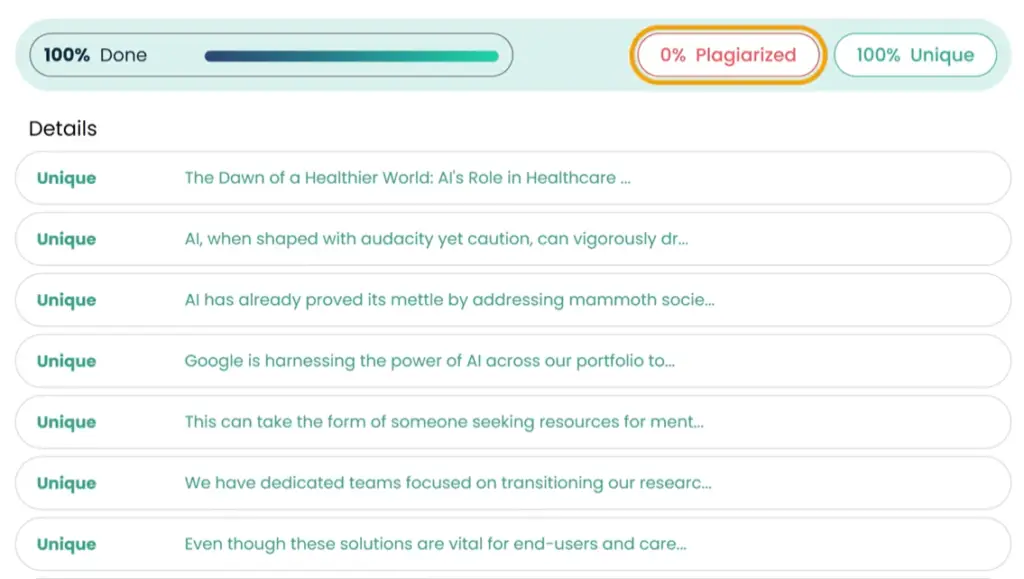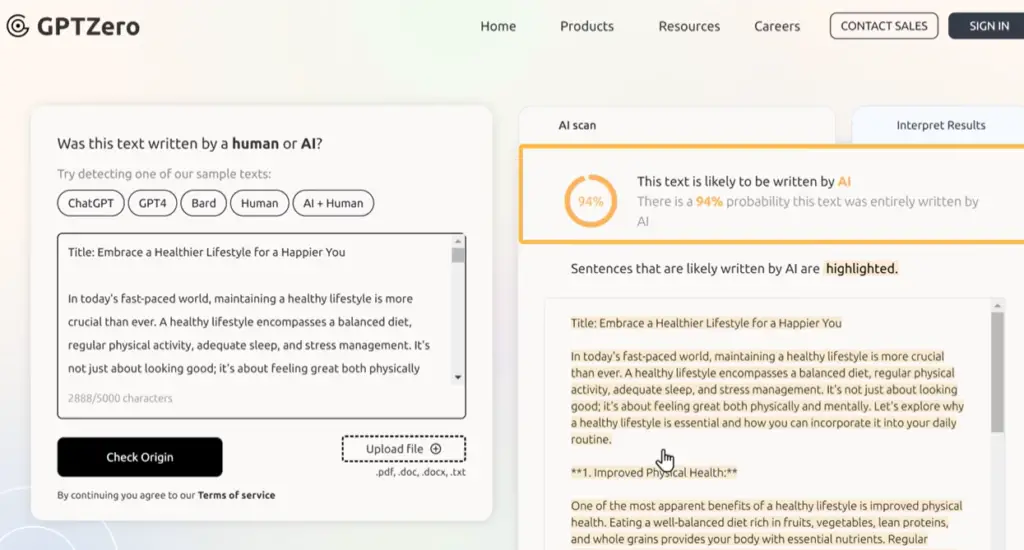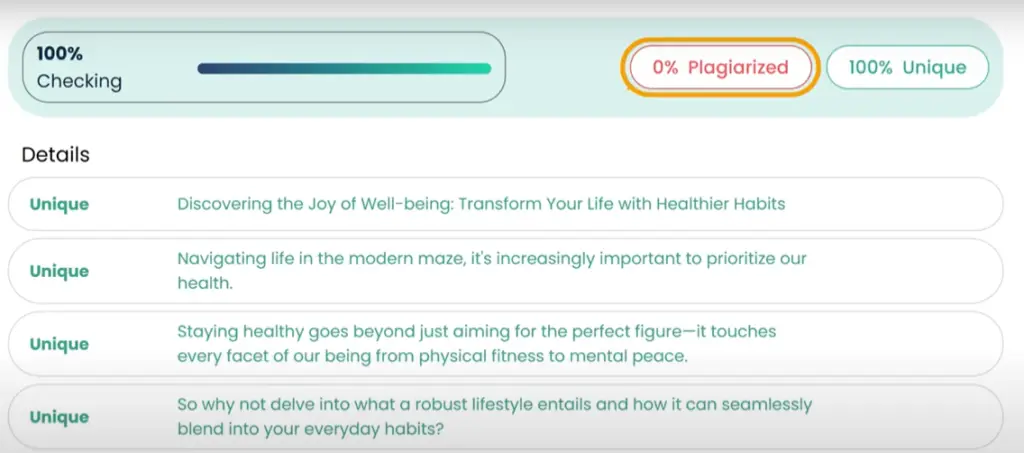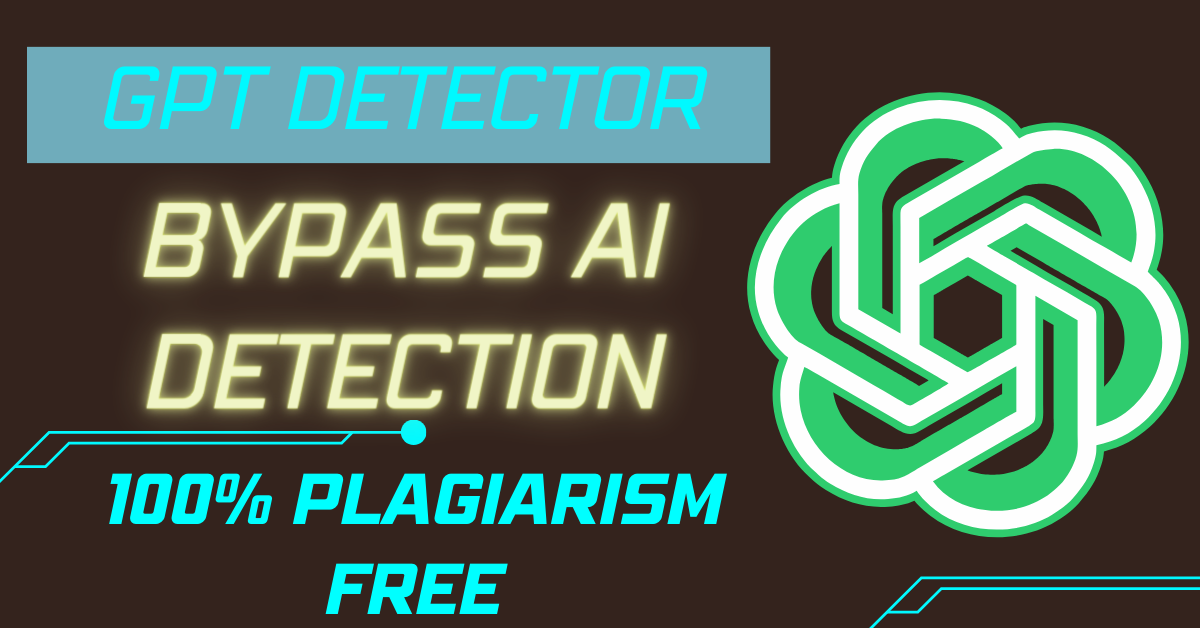Do you know what’s the most common problem content writers usually face? Yep, you guessed it right – it’s plagiarism. Plagiarism is when you copy someone else’s work or ideas and present them as your own.
If you directly copy other people’s content and repost it on your site, this is what will happen: your content won’t rank, and you will lose credibility among potential customers, face copyright claims, and more.
But don’t worry! In this article, I’m going to show you how you can take any content from the internet and make it into your own unique content.
I’ll introduce you to an AI-powered tool that crafts 100% human-like, original blog posts effortlessly.
Introduction
Plagiarism affects the credibility of your work. But in this tutorial, I’m going to demonstrate how you can turn any content into something unique. Not only will we discuss the problem, but I’ll guide you step-by-step on how to resolve it.
Moreover, I’ll reveal a simple method to generate 100% human-written blog posts directly using AI.
Doing Plagiarism Check
Let’s start by checking for plagiarism using a free tool called Small SEO Tools. Here, you can check up to 1000 words for free in a single scan.
Select and copy the content you want to check, paste it into the tool, and click “Check Plagiarism.”

The tool displays the content’s uniqueness percentage and provides links to the sources where it found matches.

It’s important to note that different plagiarism checkers may provide different results.
So, let’s try another tool called Paraphraser.io to verify the plagiarism status.

Paraphraser.io shows the 100% plagiarism content.

How to rewrite the Content (Plagiarism Free)
If the content shows a high percentage of plagiarism, it’s time to rewrite it. Using an incredible AI tool called Gravitywrite, you can remove plagiarism from any blog post or article without altering its context.
This tool not only ensures 100% unique content but also optimizes it for SEO.
Paste the content into Gravitywrite’s rewrite article option. It quickly generates plagiarism-free and unique content.

To ensure its authenticity, run another plagiarism check using Small SEO Tools or Paraphraser.io. This step confirms that the content is now free from plagiarism.
After rewriting the plagiarised content, let’s check the uniqueness percentage of the content.
Small SEO Tool Result:

Paraphraser.io Result:

How to remove Plagiarism from AI-generated Blog Posts?
AI-generated content often faces plagiarism issues. Let’s say you’ve used ChatGPT to create a blog post. We’ll check for plagiarism using Small SEO Tools and another tool to confirm the plagiarism percentage.
If it shows high plagiarism, we need to ensure it passes the AI detection test.
Step 1: AI Detection Test
To confirm whether the content passes the AI detection test, we’ll use tools like GPTzero.me and Originality.ai. These tools help as certain the percentage of AI-generated content.

If the content fails this test, it might affect credibility and engagement.

Additionally, if you’re working with coding-related materials, you can use an AI source code detector to ensure the originality of your programming content, safeguarding it from AI detection flags too.
Step 2: Rewrite Article (Plagiarism & AI Detection Free)
To fix this, we’ll use Gravitywrite again to rewrite the content, ensuring it’s completely human-written and free from plagiarism and AI detection.

Running the content through plagiarism checkers and AI detection tools confirms its authenticity.
After rewriting the content using Gravitywrite, it shows a 0% plagiarized result.

Now Check the AI Detection Test again on gptzero.me. Gravitywrite completely transforms the AI content to Human-generated Content.

Generate a Completely Human-Written Blog Post
Here’s the bonus part: Gravitywrite enables you to effortlessly create 100% human-written blog posts. Simply choose the human return blog option, enter the desired topic, and voila!
Instantly, it generates original, human-written content free from plagiarism and AI detection issues.
Conclusion:
And that’s how you check and remove plagiarism from your blog posts. I’ve included all the tool links for your convenience. If you found this article helpful, please consider to read our latest AI articles:




